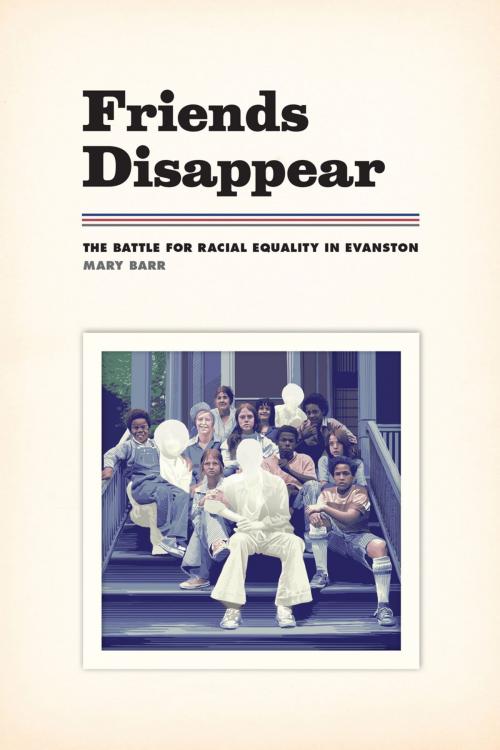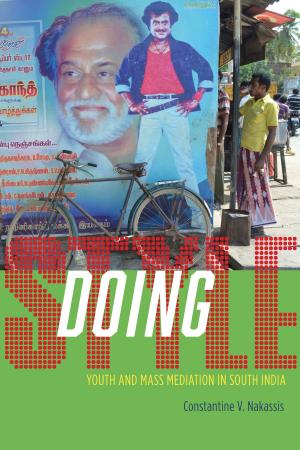Friends Disappear
The Battle for Racial Equality in Evanston
Nonfiction, Social & Cultural Studies, Social Science, Cultural Studies, African-American Studies, History, Americas, United States, 20th Century| Author: | Mary Barr | ISBN: | 9780226156637 |
| Publisher: | University of Chicago Press | Publication: | October 30, 2014 |
| Imprint: | University of Chicago Press | Language: | English |
| Author: | Mary Barr |
| ISBN: | 9780226156637 |
| Publisher: | University of Chicago Press |
| Publication: | October 30, 2014 |
| Imprint: | University of Chicago Press |
| Language: | English |
Mary Barr thinks a lot about the old photograph hanging on her refrigerator door. In it, she and a dozen or so of her friends from the Chicago suburb of Evanston sit on a porch. It's 1974, the summer after they graduated from Nichols Middle School, and what strikes her immediately—aside from the Soul Train–era clothes—is the diversity of the group: boys and girls, black and white, in the variety of poses you'd expect from a bunch of friends on the verge of high school. But the photo also speaks to the history of Evanston, to integration, and to the ways that those in the picture experienced and remembered growing up in a place that many at that time considered to be a racial utopia.
In Friends Disappear Barr goes back to her old neighborhood and pieces together a history of Evanston with a particular emphasis on its neighborhoods, its schools, and its work life. She finds that there is a detrimental myth of integration surrounding Evanston despite bountiful evidence of actual segregation, both in the archives and from the life stories of her subjects. Curiously, the city’s own desegregation plan is partly to blame. The initiative called for the redistribution of students from an all-black elementary school to institutions situated in white neighborhoods. That, however, required busing, and between the tensions it generated and obvious markers of class difference, the racial divide, far from being closed, was widened. Friends Disappear highlights how racial divides limited the life chances of blacks while providing opportunities for whites, and offers an insider’s perspective on the social practices that doled out benefits and penalties based on race—despite attempts to integrate.
Mary Barr thinks a lot about the old photograph hanging on her refrigerator door. In it, she and a dozen or so of her friends from the Chicago suburb of Evanston sit on a porch. It's 1974, the summer after they graduated from Nichols Middle School, and what strikes her immediately—aside from the Soul Train–era clothes—is the diversity of the group: boys and girls, black and white, in the variety of poses you'd expect from a bunch of friends on the verge of high school. But the photo also speaks to the history of Evanston, to integration, and to the ways that those in the picture experienced and remembered growing up in a place that many at that time considered to be a racial utopia.
In Friends Disappear Barr goes back to her old neighborhood and pieces together a history of Evanston with a particular emphasis on its neighborhoods, its schools, and its work life. She finds that there is a detrimental myth of integration surrounding Evanston despite bountiful evidence of actual segregation, both in the archives and from the life stories of her subjects. Curiously, the city’s own desegregation plan is partly to blame. The initiative called for the redistribution of students from an all-black elementary school to institutions situated in white neighborhoods. That, however, required busing, and between the tensions it generated and obvious markers of class difference, the racial divide, far from being closed, was widened. Friends Disappear highlights how racial divides limited the life chances of blacks while providing opportunities for whites, and offers an insider’s perspective on the social practices that doled out benefits and penalties based on race—despite attempts to integrate.















